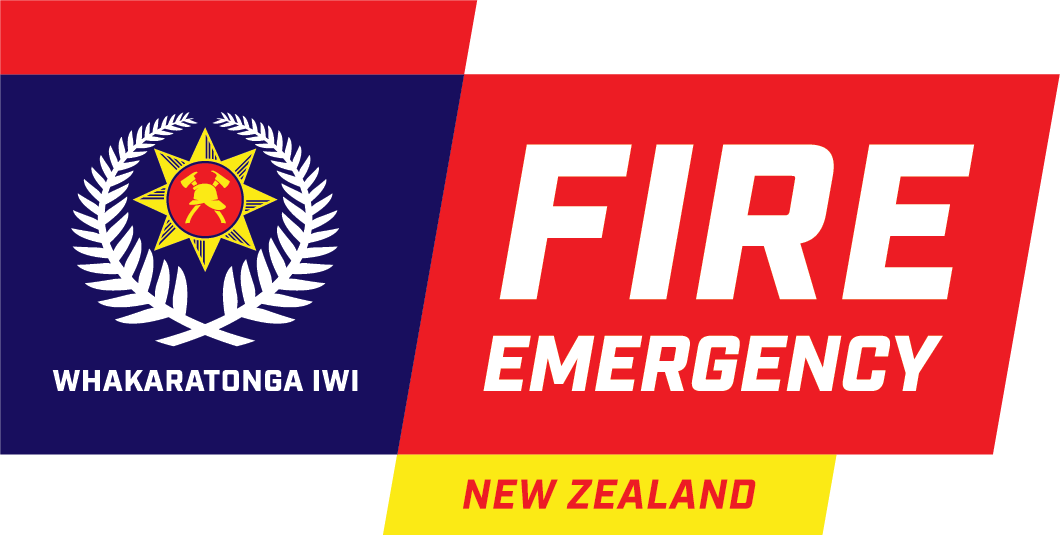Near miss initiative – Working with hazardous substances
Our latest in the 'near miss' series is what we can do to increase awareness and safety measures when working with hazardous substances.
One way we can reduce the potential harm to our people and number of incidents is by increasing awareness of near miss incidents and reporting this through Safe@Work. Recording near miss incidents allows us to look for trends and to improve our processes and/or controls. This helps to eliminate or minimise incidents from recurring, which ultimately keeps our people safe and well.
We have been raising awareness on near misses over the last year. So far, we have covered working at heights; working in and around fire and explosive materials; working around water and working in and around vehicles.
This quarter, we are taking the opportunity to identify what we can learn from a previous near miss event to increase awareness and safety measures when working with hazardous substances.
An example of a near miss involving working with hazardous substances:
Situation:
Crews responded to a Medical CPR Assist event at a school swimming pool.
Information received by Comcen from Ambulance communications indicated the event as ‘Carbon Monoxide gassing with victim requiring resuscitation’. There was no mention to ComCen that there were other chemicals involved.
From the information received, an MED event was created, and a two-pump response initiated. The event type was immediately upgraded to a HAZMAT event for escalation and executive notifications.
On arrival the OIC from the first appliance carried out a Dynamic risk Assessment (DRA) and quickly ascertained the events that were rapidly unfolding.
There was a strong smell of Chlorine in the air. The school caretaker and a pool contractor had moved away from the pool room where the chemicals had been mixed to a safe location. The OIC approached the two men and observed one person requiring immediate attention and handed them over to the care of Ambulance officers. The OIC returned to the appliance to upgrade the event to a second alarm HAZMAT event and initiate a command and control structure to manage the event.
The two patients were decontaminated using shower facilities at the school and were assisted by the Ambulance personnel, and clothing was removed, bagged and tagged as per Fire and Emergency procedure. The two patients were then transported to hospital by Ambulance.
It was determined the two chemicals were Hydrochloric acid and Hypo-chlorine and when combined create a Chlorine Gas - side effects include nausea, headaches, and chest pains.
Patient hand over at the hospital was carried out; at this point the Ambulance Officers reported feeling unwell themselves, having the same symptoms as the patients and were then admitted to hospital for observation.
This information was passed onto Fire and Emergency crews, who were still carrying out HAZ-SUB identification and decontamination. Immediate health checks were carried out on all Fire and Emergency personnel involved, with no reports of any symptoms present. As a precaution the crew of the first arriving appliance decided to report to hospital for health monitoring and were later discharged. The two patients and the Ambulance Officers were discharged after observation.
Investigations revealed the likely cause of Ambulance personnel having a delayed medical reaction was possible inhalation from the two contractors while being in confined space for a period of time prior to transportation.
Takeaways
- The Fire and Emergency crews followed all procedures and guidelines when responding to the incident.
- An unintended consequence of the Ambulance Officers conducting their patient survey and care in a confined space was the cross-contamination causing them to feel unwell.
- This is a good example of how even when we follow our processes, we need to be aware of other agencies’ actions on the incident ground and how that may affect outcomes
Important to remember:
- Situations can change very rapidly, and procedures are in place to manage the dynamic risks.
- Always follow your training and standard operating procedures, no matter how routine or familiar a response appears to be.
- At all times remember to apply the Safe Person Concept and Dynamic Risk Assessments(external link). Review these regularly and incorporate them into all your drill and exercise scenarios.
- If you experience any symptoms such as headaches, nausea, itchy eyes or skin, unpleasant smells, it may indicate that you have been exposed to a hazardous substance. Ensure you inform your OIC if you experience any symptoms and take appropriate action or first aid.
- Use decontamination methods that best suit the contamination substance.
- Check for Material Safety Data Sheets for the substances involved. Read them and follow any recommended actions specific to exposure to the substance.
- Use our organisational values and behaviours to inform decisions. We do the right thing – Kia Tika. We strive to improve – Auahatanga.
- Learn from previous incidents through continuous improvement.
To log any Safety, Health or Wellbeing incident, please access Safe@Work. If you need help on how to log an incident, refer to the ‘How to report workplace safety, health and wellbeing’ page, or contact your Regional Safety, Health and Wellbeing Advisor.
Resources:
- How do I Report a workplace safety, health or wellbeing event
- Feederlines: Situational awareness
- Safety and wellbeing manual
- Decontamination Project
- Hazardous Substances 101 video module(external link)
